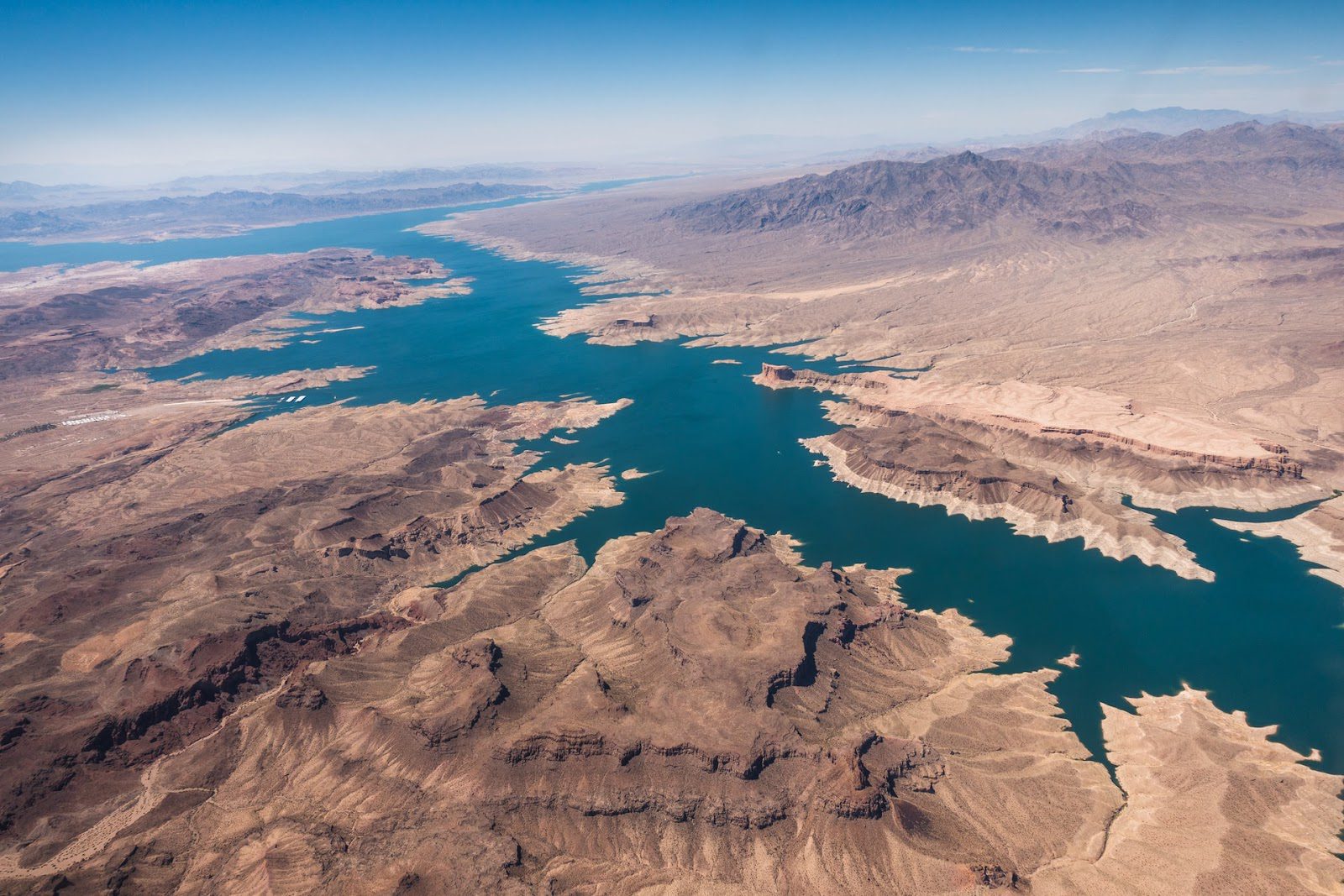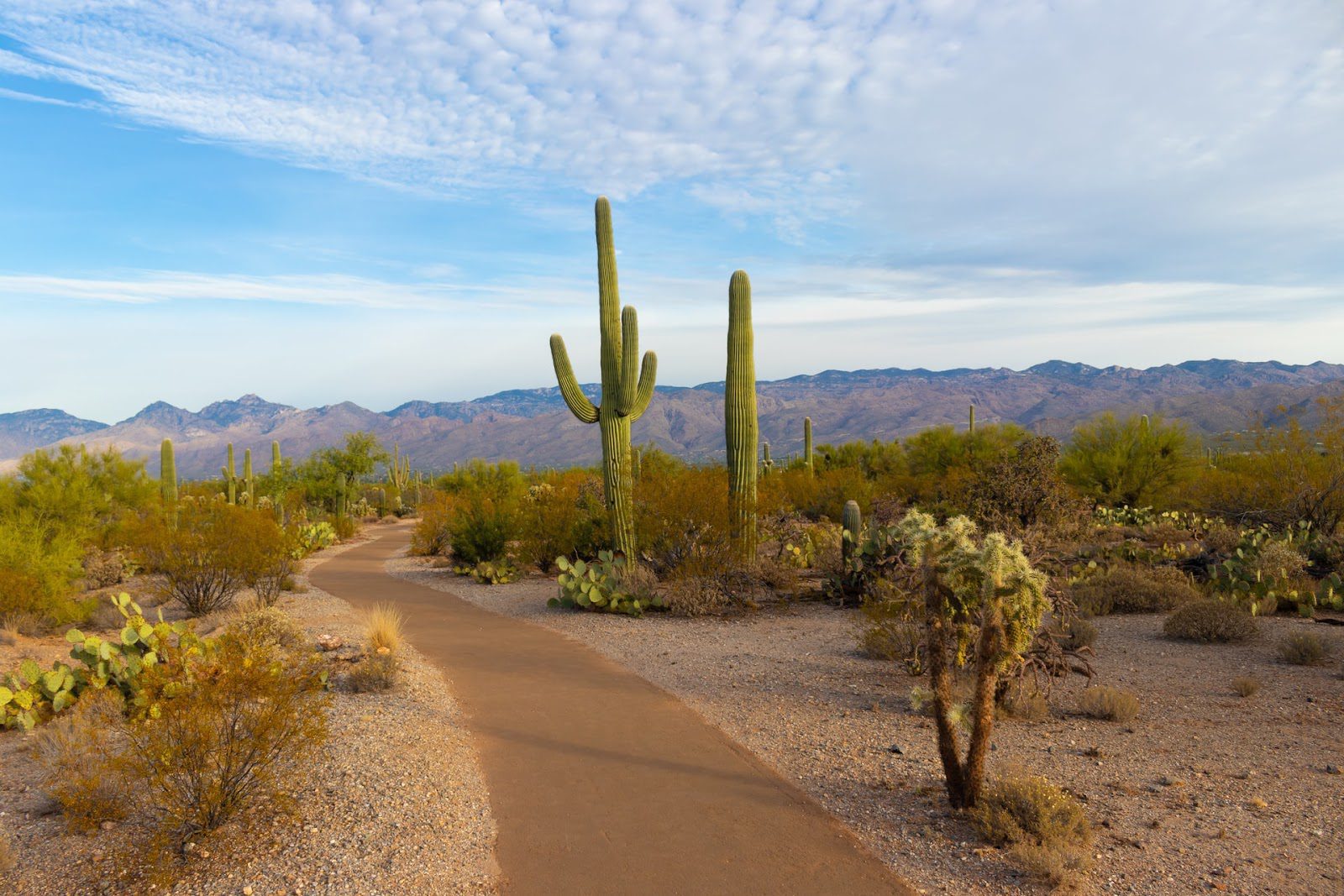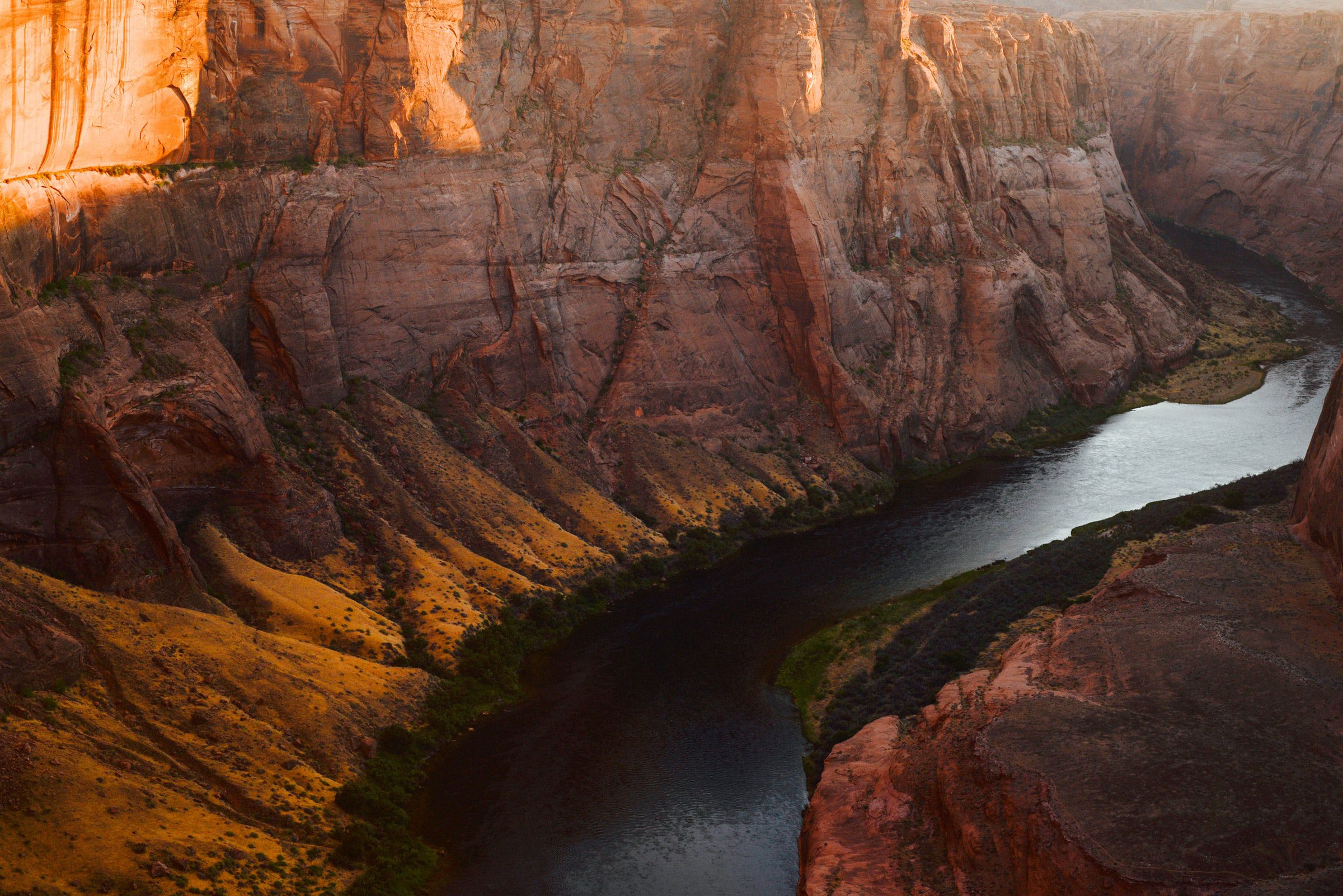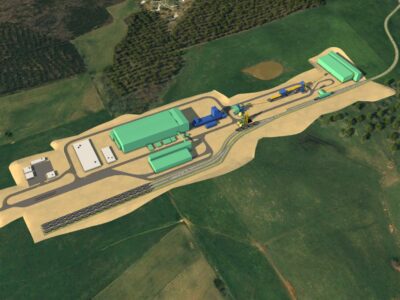As declining water levels take center stage across the west, Arizona is at the forefront of innovative strategies designed to protect its water supply. The Grand Canyon State is growing quickly, with more than 150,000 new residents every year. More people means more water use – for homes, businesses and entertainment – yet the state uses less water than it did in 1960, despite a much larger population. This smart water usage comes from a variety of approaches, including thinning forests, innovative water treatment plants and wise re-use of wastewater.
Arizona draws much of its water from Lake Mead, which sits on its northwestern border with Colorado. While Lake Mead recently reached historically low levels, Arizona state officials and businesses are brainstorming ways to reduce and reuse water, while planning for continued droughts in the west.

The most populous area of the state is in and around Phoenix, where half of the water supply comes from the Verde and Salt River watersheds. The Salt River Project (SRP) manages this water supply, which is currently at 75 percent capacity, down from 98 percent last year. However, SRP is less concerned by the capacity and more concerned about maintaining healthy forests along the watersheds. Healthy forests are less likely to suffer catastrophic wildfires, which in turn pollute and damage water infrastructure. To keep the forests healthy, SRP practices strategic tree thinning. This removal of smaller, weaker trees improves the overall health of the land, makes it more resilient against fires, and reduces the need for replanting after fires. Additionally, the thinning creates new jobs for rural Arizonians.
Nearby, a privately-owned utility company called Epcor recently completed a water treatment plant expansion at the White Tanks Regional Water Treatment Plant, which expands the long cycle of sustainability in the area. The new plant can recharge and reuse eight million gallons a day. The company also has a policy to reuse 100 percent of the water it collects and treats.
Global Water Resources, a private company in metro Phoenix, has taken reuse one step further with its total waste management approach. This approach uses all aspects of an entire water cycle, from the water you drink out of a tap to sewage wastewater. In most American water treatment systems, drinking, waste, and recycled water are all treated separately. Global Water Resources, however, recycles wastewater and delivers it back to consumers to use for non-potable needs such as landscaping and golf courses. Any biosolids in that water are separated prior to use and set aside for agricultural purposes. In this model, the water use is completely cyclical, with zero waste.

Photo Courtesy Christoph von Gellhorn
Arizona is making wise decisions as the West struggles with the challenges of record heat, drought and large wildfires. The state’s work was rewarded recently as Business for Water Stewardship and the Environmental Defense Fund reached a $38 million funding goal to conserve nearly 50 billion gallons of water at Lake Mead via a Colorado River Indian Tribes conservation project. That’s the largest-ever drought response effort in the state. It’s just one of many ways Arizonians are coming together to wisely use their state’s resources in a way that sustains a healthy future and equal access to clean water for all.“How we use, manage and value water will dictate our future,” said Todd Reeve, co-founder of Business for Water Stewardship. “We’re redefining how businesses work collaboratively with tribes, community and policy stakeholders, philanthropy and nonprofit partners to advance solutions that ensure that people, economies and ecosystems…have enough clean water to flourish.”





